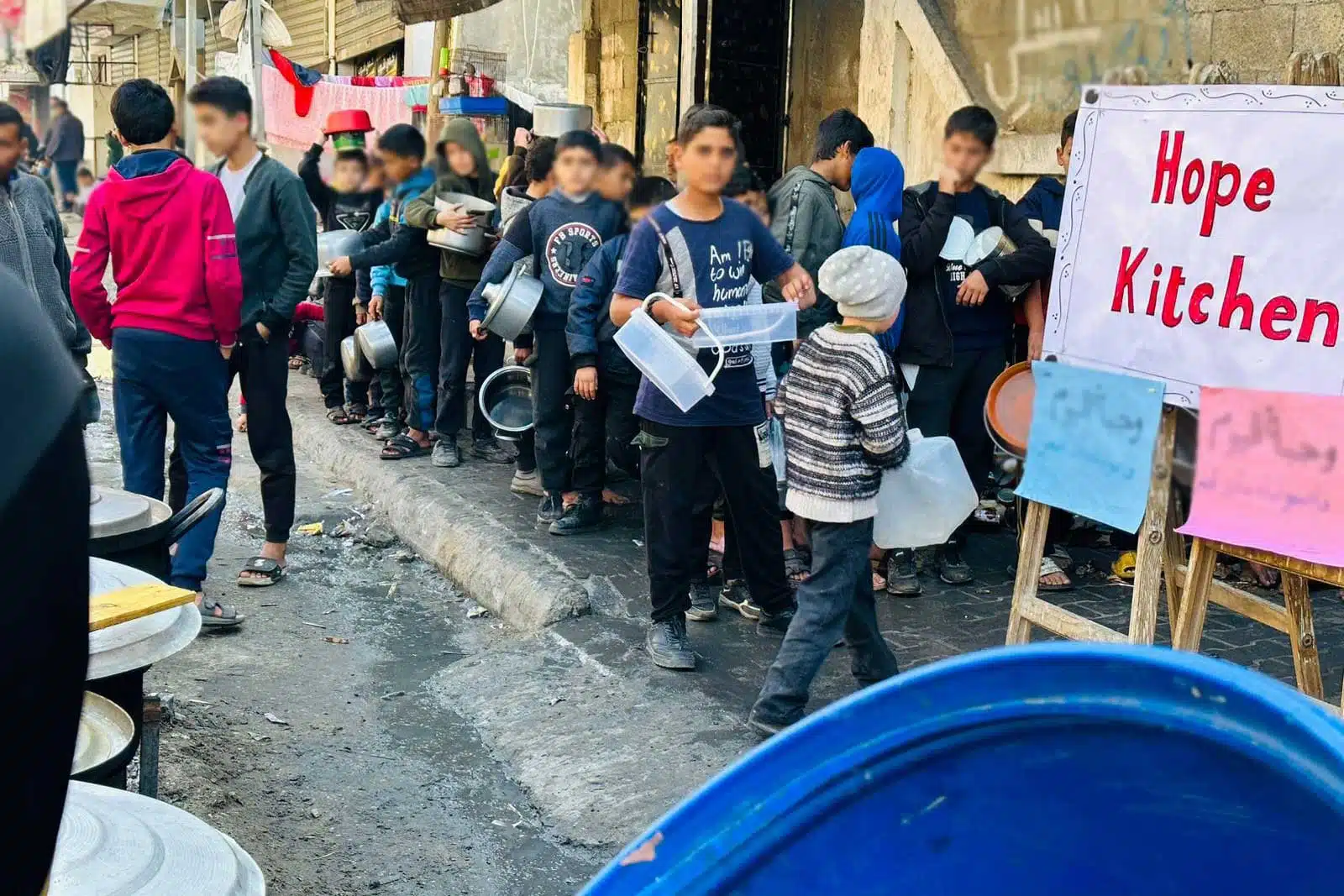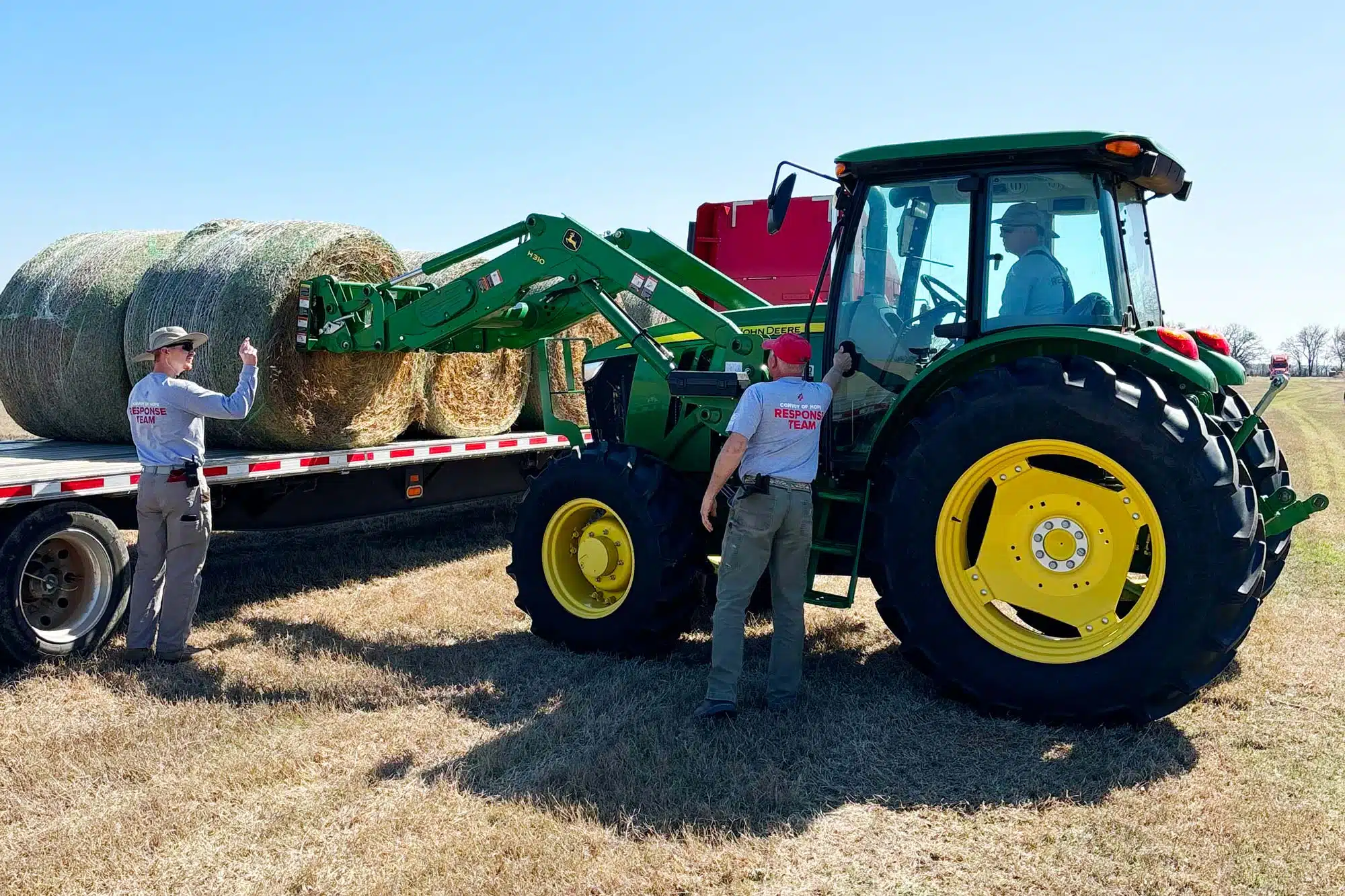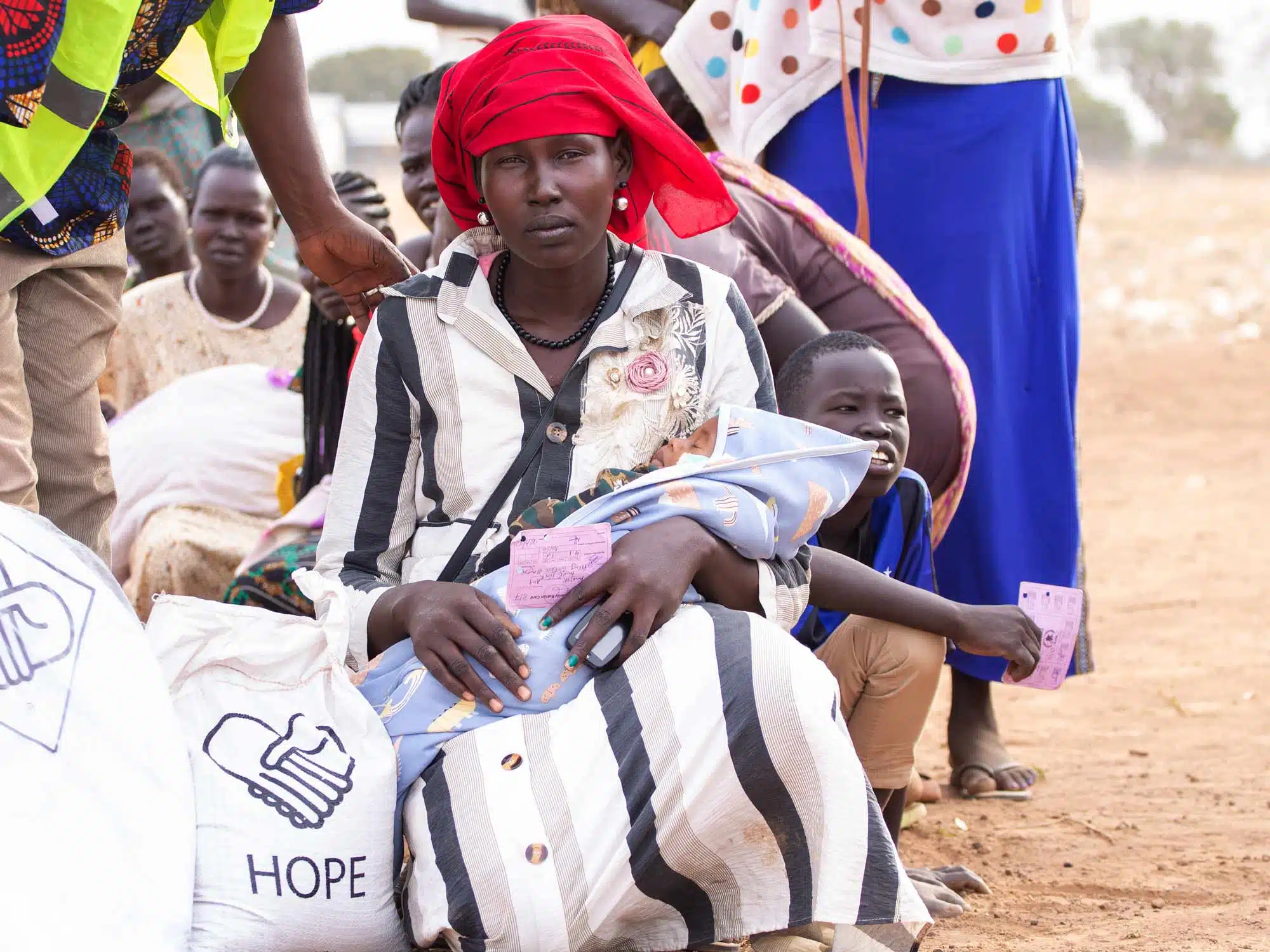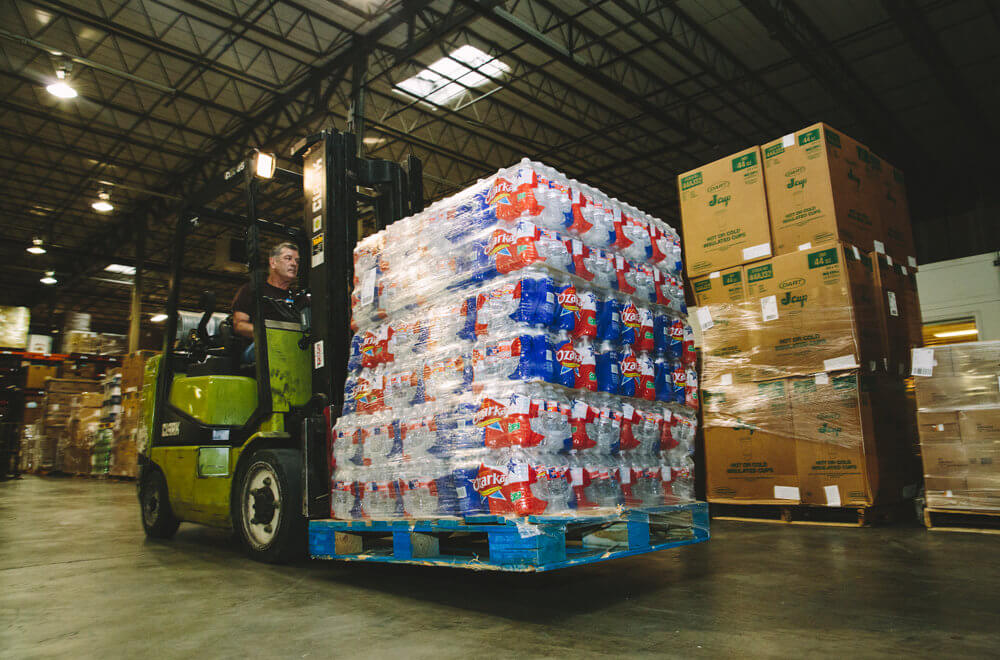When it comes to preparing for the unexpected, a few items rank at the top of the must-have list:
- • Food
- • Water
- • Shelter
But there’s one thing that’s often overlooked — the emergency antibiotics kit.
It’s not just a buzzword. In fact, having a well-thought-out antibiotics kit can make the difference between a minor inconvenience and a life-threatening situation.
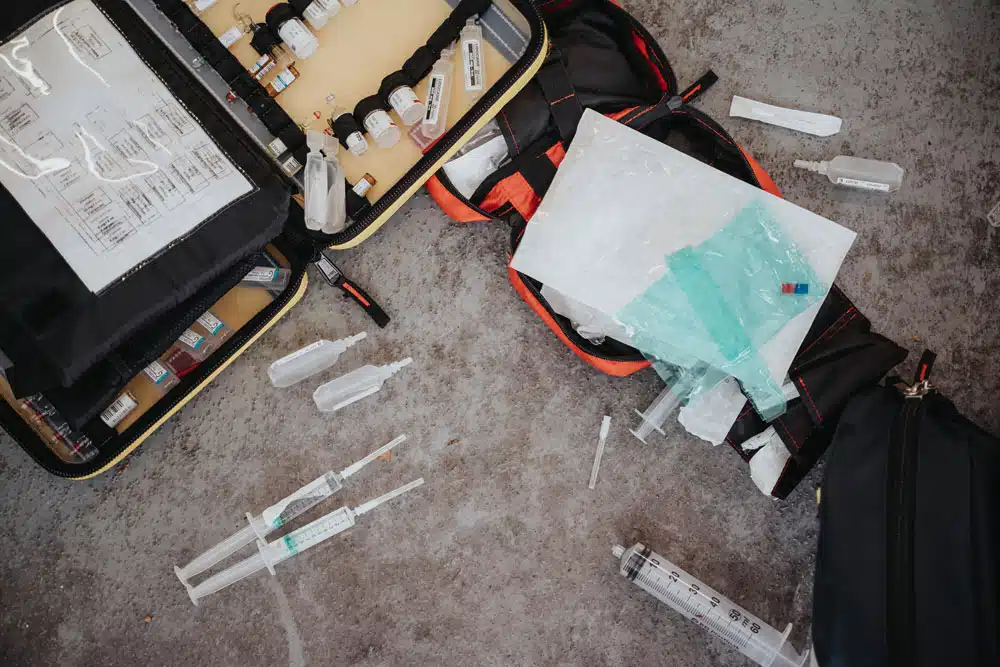
Let’s deep dive into why an antibiotic emergency kit is vital and what exactly you need to pack*.
Why Every Adventurer Needs an Emergency Antibiotics Kit
We’ve all been there — a camping trip, a weekend hike, or perhaps an adventurous trip across the Canadian wilderness. Nature is unpredictable, and accidents happen. Imagine a nasty wound getting infected with no primary care in sight.
Scary, right?
For those moments when immediate medical care is out of reach, an emergency antibiotics kit is your best friend. Designed to combat infections, these kits give you peace of mind, ensuring you’re ready to handle whatever comes your way.
Top 10 Essentials for Your Antibiotics Kit*
Before we break it down, remember to always consider your own medical history and medical conditions before tailoring your kit.
Ready? Let’s unpack!
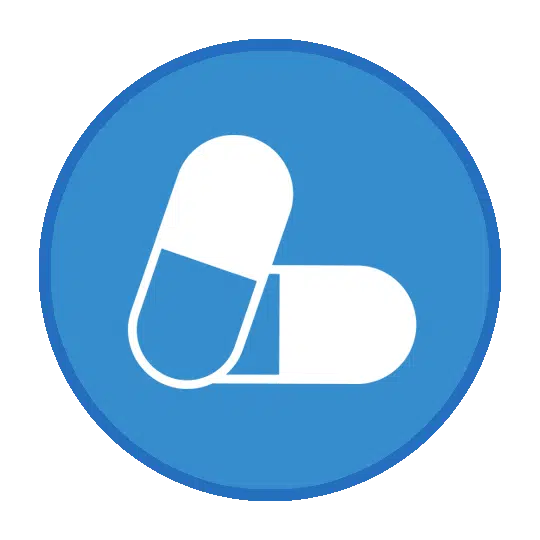
1. Broad-Spectrum Antibiotics
You might have come across the term before, especially during discussions on medical preparedness or emergency kits. But why are broad-spectrum antibiotics hailed as an indispensable component of an emergency antibiotics kit?
At its core, the term “broad-spectrum” means that the antibiotic is effective against a wide variety of bacteria, both Gram-positive and Gram-negative. In contrast, narrow-spectrum antibiotics target specific families or strains of bacteria.
In emergencies, especially in remote or wilderness settings, you often don’t have the luxury of diagnosing the exact type of bacterial infection.
Broad-spectrum antibiotics provide a sort of “catch-all” solution, increasing the chances of effectively treating the infection.
Broad-Spectrum Antibiotics Commonly
Considered for Emergency Kits
Amoxicillin Clavulanate (Augmentin)
Effective against a vast number of bacteria, it’s particularly useful for respiratory, middle ear, sinus, skin, and urinary tract infections.
Having around 28 tablets in your kit should be the goal. Just taking Amoxicillin clavulanate 875 mg can tackle anything from skin infections to pneumonia.
Ciprofloxacin
Ciprofloxacin is a broad-spectrum antibiotic primarily targeting Gram-negative bacteria.
It’s commonly prescribed to treat various bacterial infections, including urinary tract infections, respiratory infections, and certain skin infections.
Doxycycline
Not only does it tackle respiratory and urinary tract infections, but it’s also an effective defense against bacterial diseases like Lyme disease or Rocky Mountain spotted fever, which can be contracted in the wilderness.
Having a few tablets on hand could go a long way towards keeping you well in a desperate situation.
IMPORTANT: Like all medicines, broad-spectrum antibiotics come with potential side effects. Always seek guidance from a healthcare professional when deciding on the antibiotics to include in your kit. Tailor your choices based on potential threats in your destination, your medical history, and any allergies or sensitivities.

2. Antiseptic Wipes
If you’ve ever opened a first aid kit, you’ve likely come across antiseptic wipes. These seemingly simple packets are, in fact, one of the most crucial components of an emergency antibiotics kit.
They are designed to reduce or eliminate microbes, including bacteria, from the skin or surfaces. When injuries occur, especially in outdoor or unsterile environments, the risk of contamination is high.
Antiseptic wipes provide a quick and efficient way to clean wounds, reducing the chances of infection. So, the next time you see one of these little packets, know you’re looking at a small but mighty guardian of health.
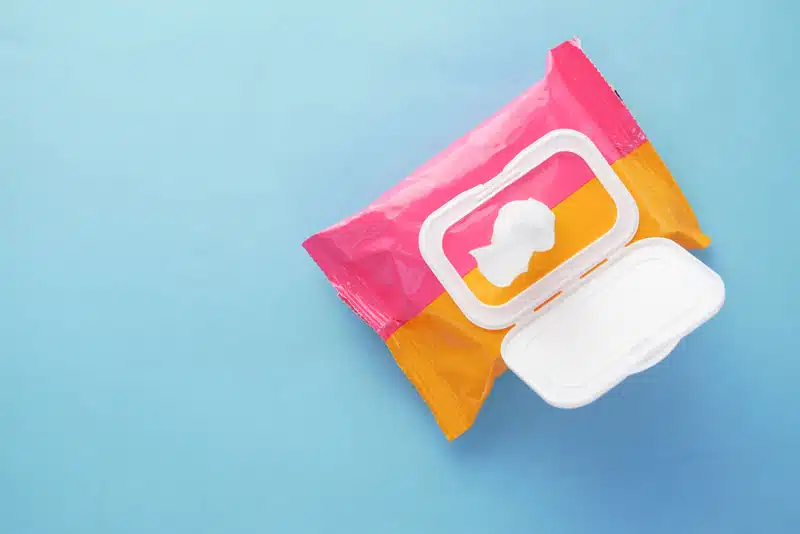

The Power of Preparedness
Ensure your family is protected in the face of unexpected challenges with our Disaster Preparedness Guide.
Topics Include:
— Family Communication Plan
— Evacuation Plans
— Care for Pets
— Weather Monitoring
Download Our Disaster Preparedness Guide!
Start your journey to preparedness now and download the guide to learn practical steps for facing any disaster confidently.
"*" indicates required fields

3. Pain Relievers
Pain relievers, often referred to as analgesics, are not antibiotics, but they provide relief from pain. They come in various forms and strengths, catering to a range of pains from mild headaches to more intense post-injury aches. Therefore, it’s wise to keep a supply — approximately 30 tablets or more — in your emergency antibiotics kit.
In addition to simple pain relief, they also:
- • Reduce inflammation.
- • Improve functionality.
- • Reduce fever.
- • Can improve overall well-being during an emergency.
As mentioned earlier, always seek guidance from a healthcare professional when deciding on the pain relievers to include in your kit.
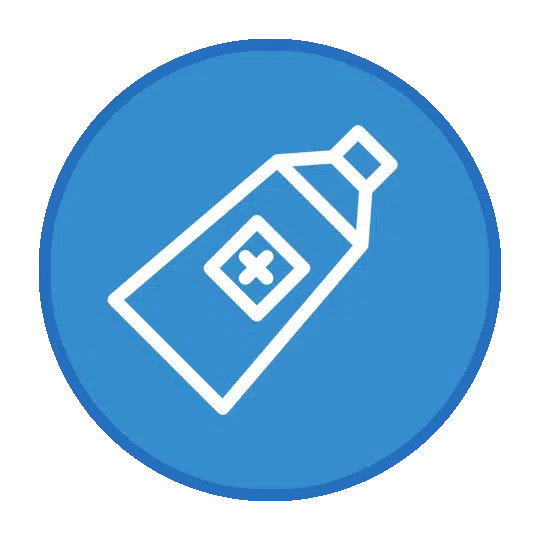
4. Topical Antibiotic Ointment
Topical antibiotic ointments are a staple in emergency antibiotics kits, and for good reason. Acting as a frontline defense, these ointments are designed to be applied directly onto wounds, cuts, or abrasions.
Their primary role is to prevent or treat skin infections by eliminating harmful bacteria at the injury site.
In emergency situations, especially outdoors or in unhygienic conditions, the risk of wound contamination is high.
By creating a protective barrier, topical ointments:
- • Ward off potential infections.
- • Promote faster healing by keeping the wound moist.
Common examples include Neosporin and Bacitracin. Their compact nature makes them easy to carry, and their ease of application ensures anyone, even without medical training, can use them. In essence, these ointments bridge the gap between injury and advanced medical care, ensuring wounds remain uncomplicated and healing starts off on the right foot.

5. Gauze & Bandages
Emergency supplies 101! In emergency scenarios, wounds need immediate attention, and these tools provide the first line of defense. Be sure to augment your antibiotics kit with these resources.
Gauze, with its absorbent properties, is ideal for cleaning and covering open injuries, preventing dirt and bacteria from entering. It works synergistically with topical antibiotic ointments, ensuring the medicine stays in place.
Bandages, on the other hand, secure the gauze, maintaining a sterile environment for the wound. They also offer protection from external irritants and further trauma.
Together, gauze and bandages ensure swift, efficient, and hygienic wound care, curbing potential infections right from the onset.

For either gauze or bandages to be effective, the wound must be carefully cleaned before application.

6. Allergy Medication
Allergy medications, such as antihistamines, are not antibiotics, but they are invaluable additions to antibiotics kits.
Emergencies can expose individuals to unfamiliar environments, potentially triggering allergic reactions ranging from mild skin rashes to life-threatening anaphylaxis.
These medications quickly counteract allergic symptoms, offering relief and potentially saving lives. Furthermore, if antibiotics or other medications within the kit cause unexpected allergic reactions, having allergy medication on hand becomes crucial.
Therefore, it’s wise to keep a supply — 120 capsules should do — in your emergency antibiotics kit.
In essence, these drugs provide a safety net, ensuring that individuals can address unforeseen allergic events promptly and effectively, making them indispensable in comprehensive emergency care.

7. Anti-diarrheal Medication
In emergencies, contaminated food or water sources can lead to gastrointestinal issues, with diarrhea being a predominant concern.
Anti-diarrheal medications, such as loperamide (Imodium), do not have antibiotic properties, but they act quickly to reduce the frequency and severity of episodes, thereby conserving vital bodily fluids and nutrients.
Moreover, in post-antibiotic therapy, diarrhea can be a common side effect.
Having anti-diarrheal medication on hand in an antibiotics kit ensures prompt response to these challenges, safeguarding against potential complications and providing relief when it’s most needed.
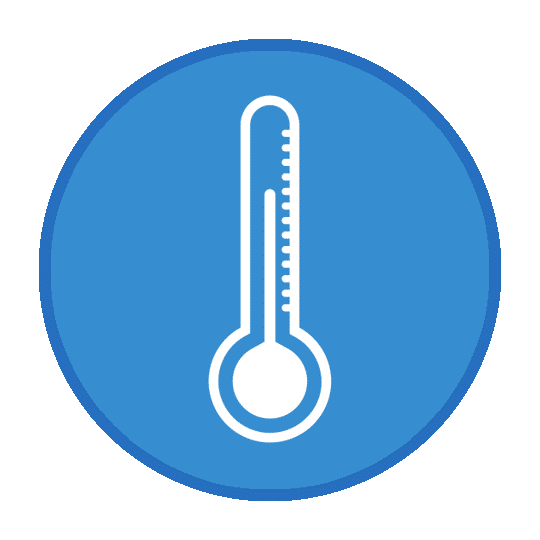
8. Thermometer
Within an antibiotics kit, a thermometer stands as a vital tool for monitoring health. Accurately measuring body temperature helps in assessing the severity of an illness and in tracking its progression or regression.
A thermometer can assist in determining a medication’s effectiveness.
Additionally, some conditions or medications, including antibiotics, have specific temperature thresholds that, when exceeded, require immediate medical attention.
A reliable thermometer ensures that caregivers can make informed decisions, optimizing treatment plans and ensuring timely interventions.
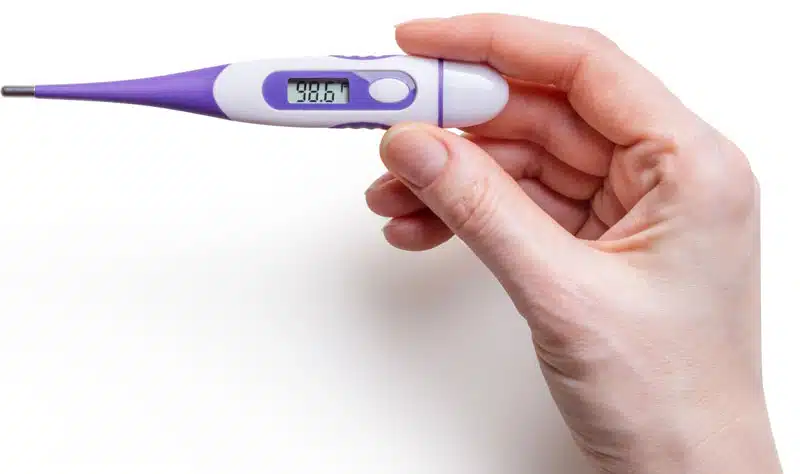

9. Tweezers
In situations where foreign objects like splinters, thorns, or insect stingers penetrate the skin, tweezers can enable safe and sterile removal if first cleaned with an alcohol wipe. Leaving objects embedded in skin can lead to infections, making antibiotics less effective.
Additionally, when applying topical antibiotics to smaller wounds, tweezers can assist in placing gauze or bandages accurately without contaminating the area with fingers.
Their compact size and diverse utility make them indispensable, allowing for:
- • Even minor complications to be addressed immediately.
- • A reduction in the risk of infection.
- • Faster healing of the wounded area.
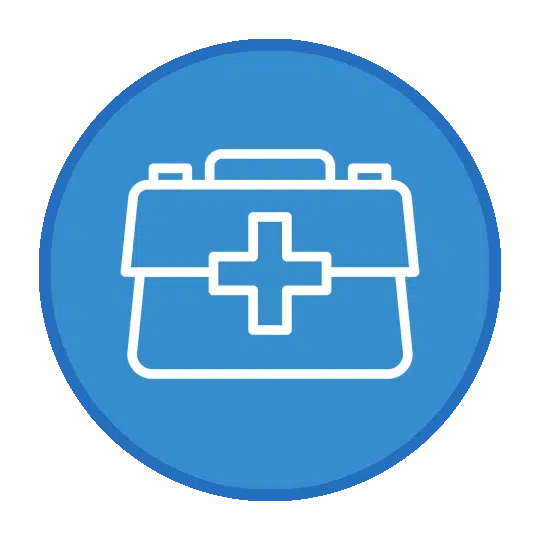
10. A Quick Guide or Jase Case
An antibiotics kit, packed with various essentials, can feel overwhelming, especially during emergencies. Enter the Quick Guide or Jase Case — a concise manual or container designed for ease of use.

This quick guide demystifies the kit’s contents, offering clear instructions on when and how to use each item.
Whether it offers dosage details for medications or step-by-step first-aid procedures, the guide ensures that users make informed decisions. These cases provide efficiency and accuracy.
In high-stress situations, having a user-friendly roadmap is invaluable, turning potential chaos into structured, lifesaving action.
Things To Keep in Mind
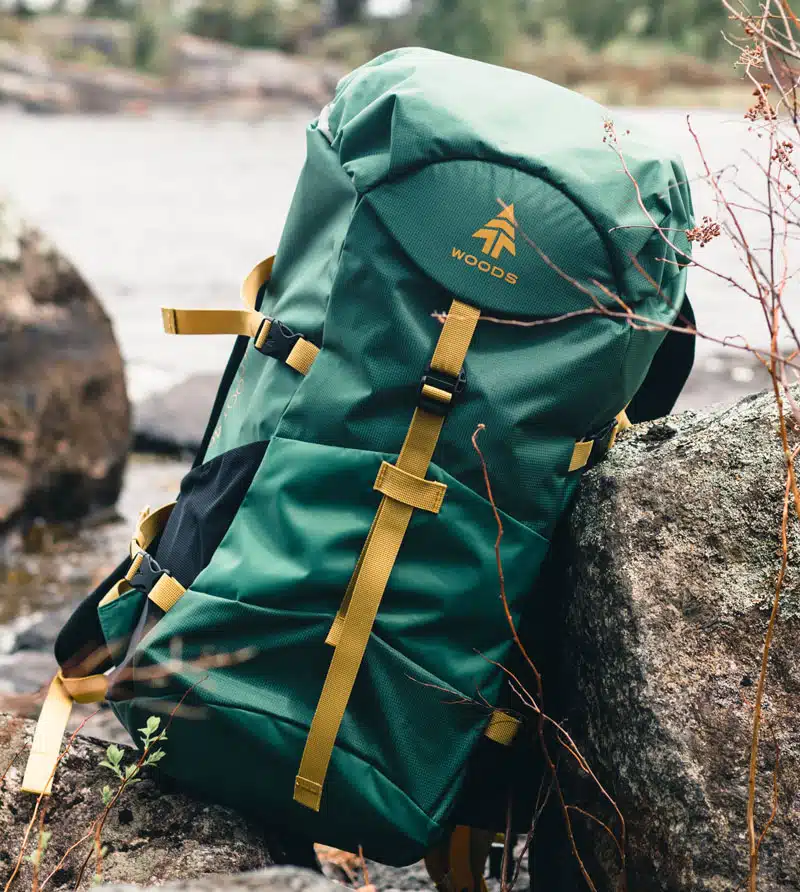
Next Steps
Packing for an adventure? Alongside your usual medical kit, don’t forget your emergency antibiotics kit. Having these supplies on hand can be, quite literally, lifesaving.
Whether you’re a weekend warrior or a seasoned adventurer, make sure you’re prepared with the right emergency supplies. You’re not just creating convenience — you’re promoting safety, peace of mind, and solid preparation for many exploring trips to come.
Safe travels!
*This article is not intended to provide medical advice. The information/material provided is intended for informational purposes only. No material in this article is intended to substitute for professional medical advice, diagnosis, or treatment. Always seek the advice of your healthcare professional with questions or concerns you may have regarding your health and treatment.
